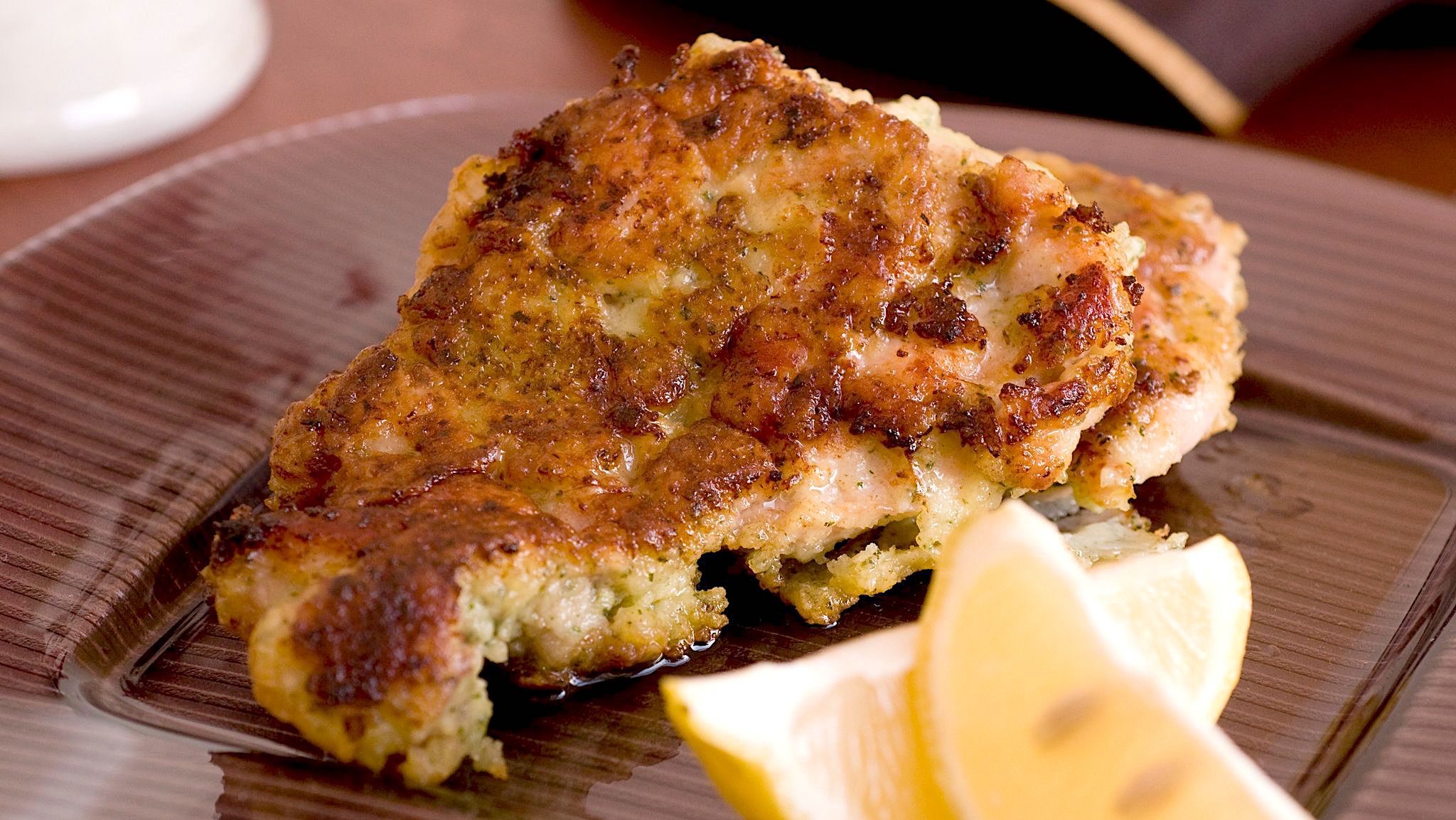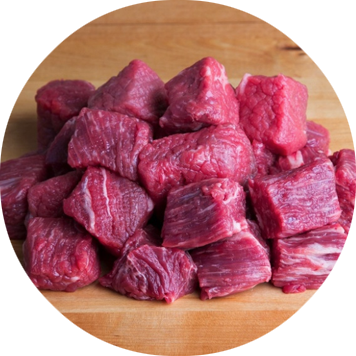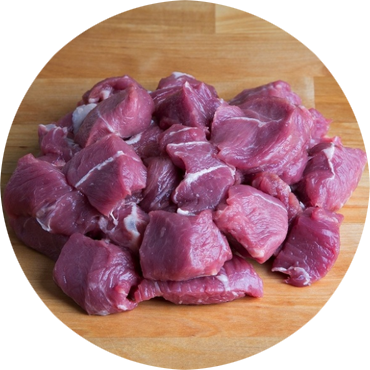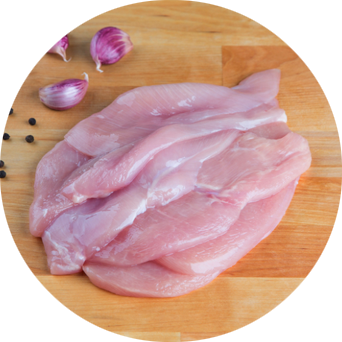- Season with herbs, olive oil, spices, but go easy on the honey or sugar. If you like sweet, plan to toss the cooked chicken in a glaze just before serving.
- Cook similar sizes together. If you’re doing all wings or drumsticks, pay attention to any pieces that are much smaller or larger than the rest. Give the big ones a head start of a few minutes. If you’re cooking a whole chicken cut in eighths, start the thighs and drumsticks first, followed by breasts, then wings.
- Sear over high heat. Start the pieces over direct heat to crisp the skin. Don’t move them for at least 5-6 minutes, until the skin releases easily. Flip and cook the other side.
- Then mellow over indirect heat. Once seared, move the chicken to the cooler section of your grill, cover, and let them continue to cook gently for 10-15 minutes more, or until the bone moves freely from the meat when wiggled gently, or the piece is tender to the touch. Pastured chicken really benefits from a longer cooking time at a lower temperature, so although your chicken is “cooked” after searing over high heat, it will be much tastier after 10-15 minutes over indirect heat. Don’t skip this step. Dark meat definitely benefits from a longer cooking time to get really tender.
- Basting: this is nice, but not essential. Adding a few layers of a tasty sauce, such as BBQ or soy, while the chicken is cooking, will help to create a lacquered and more richly flavored crust. Use a basting brush and try to avoid dripping any on the coals/flame, which will cause extra smoke.
- Toss with a sauce at the end: a vinegar-based sauce (like this one for Buffalo Wings) or a simple mixture of soy sauce, rice vinegar and sesame oil, can be poured over the cooked chicken once it’s removed from the grill. Put pieces in a large bowl, add sauce, toss, then transfer to a serving platter, discarding any extra liquid so you don’t lose the crispy skin.












